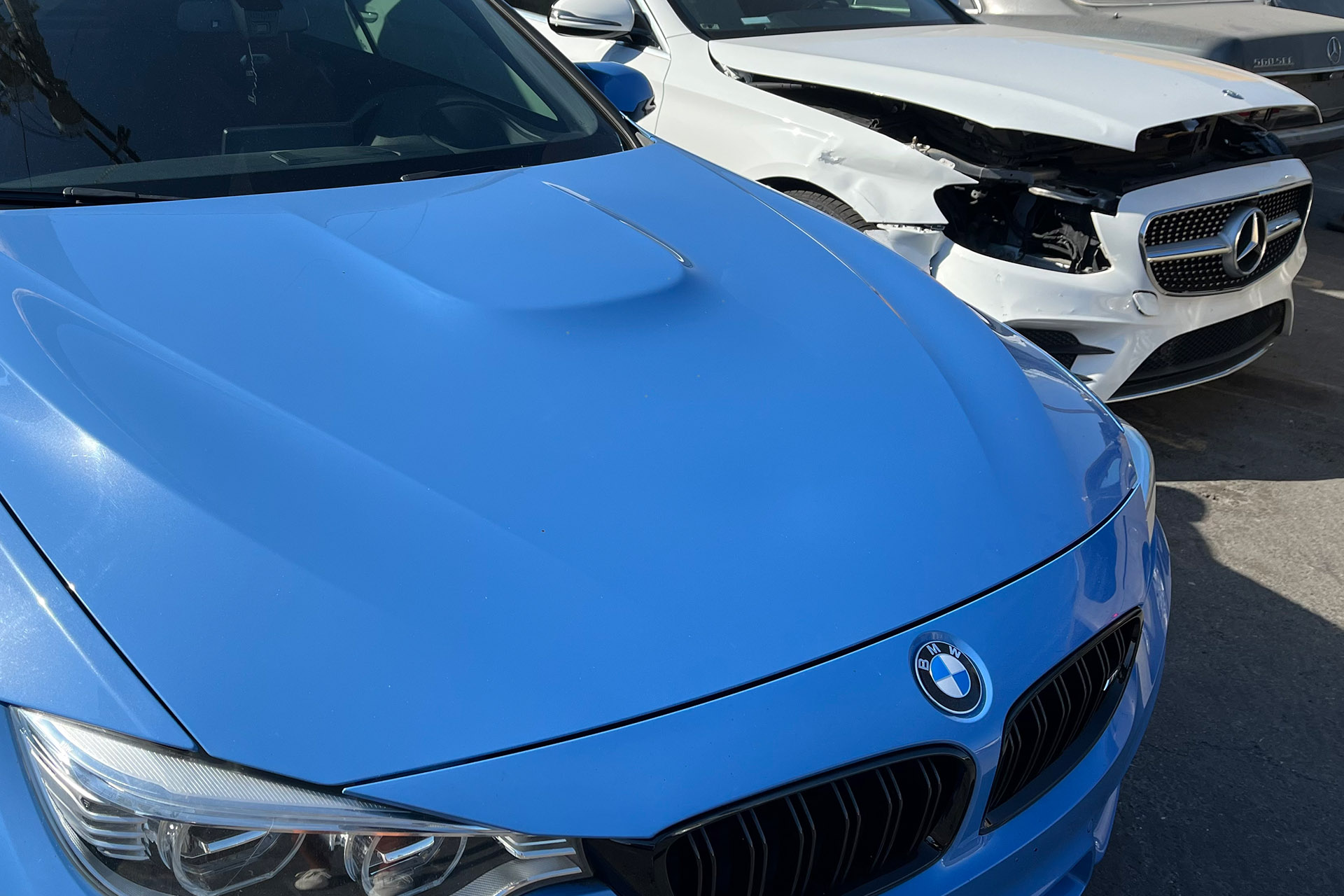Estimated reading time: 4 minutes

If you own a 2017 BMW, particularly models like the BMW 3 Series or 5 Series equipped with turbocharged engines, you’re likely aware of the performance benefits of turbocharging. However, turbo engines also come with unique maintenance needs, one of which involves replacing turbo lines. Over time, the turbocharger lines — particularly the oil and coolant lines — can degrade, leak, or clog, affecting both performance and the longevity of the engine. Here’s a breakdown of why and when you should consider replacing your BMW’s turbo lines and what to expect during the process.
Why Turbo Line Maintenance is Crucial
BMW’s turbocharged engines rely on a steady flow of oil and coolant to maintain optimal performance. The turbo lines carry these vital fluids to the turbocharger to keep it lubricated and cooled during operation. Over time, heat, pressure, and contaminants can cause the rubber or metal lines to wear out, potentially leading to:
- Oil Leaks: When oil lines crack or become blocked, oil leaks can occur, leading to reduced lubrication for the turbocharger. This can result in significant engine damage if not addressed quickly.
- Coolant Leaks: A failing coolant line can lead to turbo overheating. This may result in power loss, turbo failure, or even more severe engine overheating.
- Reduced Turbo Performance: Clogged or damaged lines prevent the efficient flow of fluids, causing your turbo to perform at lower levels or, in worst cases, fail entirely.
Symptoms Indicating Turbo Line Issues
It’s important to recognize the signs of failing turbo lines early to avoid costly repairs. Some common symptoms include:
- Oil spots under your vehicle: This could be a sign of oil leaks from the turbo lines.
- Burning smell: An oil leak onto hot engine components can produce a noticeable burning smell.
- Engine overheating: If the coolant line fails, your engine may overheat, causing dashboard warning lights to illuminate.
- Reduced acceleration or lag: When turbo lines fail, your BMW’s performance will degrade, especially in acceleration.
The Importance of Regular Inspection
Given the high temperature and pressure environment turbochargers operate under, it’s advisable to have the turbo lines inspected regularly during routine maintenance. For 2017 BMW models, inspections are recommended every 30,000 to 50,000 miles. Proactively replacing turbo lines when wear is first noticed can help you avoid expensive turbocharger repairs or replacements down the line.
Turbo Line Replacement Process
If you’re noticing any of the symptoms mentioned above or your mechanic recommends a replacement, here’s what the replacement process involves:
- Diagnosis: Your mechanic will first confirm the source of the problem through a visual inspection and potentially diagnostic scans to assess fluid pressure and flow.
- Turbo Line Removal: The mechanic will remove the faulty oil or coolant lines, which typically involves disassembling certain components near the turbocharger to gain access.
- New Line Installation: Premium OEM or high-performance aftermarket turbo lines will be installed. BMW recommends using quality parts to ensure long-lasting results.
- Testing: After the installation, the mechanic will refill the oil and coolant and test the system to ensure proper function. This includes checking for leaks and verifying fluid flow.
Can You DIY?
Turbo line replacement is a moderately complex job, requiring specialized tools and a good knowledge of the engine layout. It’s not recommended as a DIY job unless you are an experienced mechanic with access to the right tools and parts. If done improperly, it could result in further damage or incomplete repairs.
Why Choose BMB Rhinetrade for Turbo Line Replacement?
At BMB Rhinetrade, we specialize in European cars like BMW, Mercedes, and Porsche, offering expert diagnostics and high-quality repairs. Our certified mechanics understand the unique needs of turbocharged engines and use only OEM or high-performance parts for turbo line replacements, ensuring your BMW performs at its best.
Prevent Future Turbo Line Failures
Preventative maintenance is always cheaper than repairs. Regularly scheduled oil changes, coolant flushes, and line inspections can help you avoid costly failures. BMB Rhinetrade offers comprehensive maintenance plans tailored to BMW owners, ensuring you stay on top of your vehicle’s health.
